Ricky Simanjuntak, an international student from Indonesia, sat in SAC Ballroom A struggling to find the right words in English to express his frustrations with studying at a foreign university.
“Everybody keeps saying about ‘diversity’ and ‘diversity is good,‘” Simanjuntak, a sophomore economics and mathematics major, said, his gaze fixed on a distant point on the floor. “And I’m not saying it’s bad. But what I have to point out is … it’s hard.”
Simanjuntak is not alone in the issues he faces as an international student. Of the 113 male international students who entered Stony Brook in 2010, only 43 graduated in four years or fewer, according to statistics from the university’s Office of Institutional Research, Planning and Effectiveness. In comparison, 38 out of 70 female international students who entered Stony Brook at the same time graduated in four years or fewer.
In that same four-year period, international students became one of the fastest-growing groups of students at Stony Brook University. The number of male international students who entered Stony Brook as first-year students more than doubled from 113 in 2010 to 266 in 2014.
As the director for education in the International Student Organization, Simanjuntak manages the English Pal program, which pairs international students with native English-speaking volunteers to help international students who do not speak English as a native language.
In Simanjuntak’s experience, the language barrier is one of the biggest problems that international students face at Stony Brook.
“That’s the main problem because you enter a foreign territory where you are being asked to participate,” Simanjuntak said. “Even if you want to talk, you’re not sure. You’re not confident.”
Simanjuntak is one of many representatives for student organizations on campus that say there is a lack of academic support for minority communities, particularly for male students.
The State University of New York approved new policies last year that were designed to increase student retention in underrepresented minorities. While SUNY has won several awards for its efforts in increasing enrollment for underrepresented minorities, low-income and minority students have had the lowest retention and graduation rates on SUNY campuses.
Adam Diaz, a junior health science major and the president of the Latin American Student Organization, had only just been informed of the relatively low graduation rates for his ethnicity and gender, with only 36.6 percent of Latino men graduating in four years or less in 2014, when he spoke of a lack of tutoring resources at Stony Brook. Latina women had a higher four-year graduation rate of 52.9 percent.
“Tutoring is something that’s essential to study,” Diaz said. “I believe it’s better to have somebody else also explain to you the situation and you’re also repeating what you’ve learned.”
As a member of the Educational Opportunity Program, Diaz has access to free tutoring, but he said that not everyone can be a member of the program. Diaz added that this may be one of the underlying causes of lower retention rates among minorities.
“Not everyone’s part of EOP, so not everyone can afford tutoring,” Diaz said. “Unfortunately some Latino and African-American males and their families cannot afford it.”
Randy Ferguson, senior economics student and the president of the Student African American Brotherhood, also said that a lack of diversity in Stony Brook’s faculty may be one of the causes of lower graduation and retention rates for underrepresented minorities.
“The challenge is that some [black students] feel that there is no motivation on campus,” Ferguson said. “There’s a lack of support here at Stony Brook when it comes to connecting with professors. There’s so few black professors here that we can connect to.”

The issue is especially acute for the community that Ferguson represents. Only 17 of the 55 black men who enrolled as freshmen at Stony Brook in 2010 went on to complete their degree in four years or less. In comparison, black women who enrolled at the same time had a four-year graduation rate of 52 out of 81, more than double that of men.
While Stony Brook launched a Faculty Diversity Program last year to increase minority faculty representation, the pool of potential minority applicants is relatively small. Less than 5 percent of all doctoral degrees in the United States in science, health and engineering went to African American students in 2014, according to the National Science Foundation.
Ferguson said that while Stony Brook is currently making efforts to enact diversity programs on campus, none so far offer academic support in the short term, and he remains skeptical of the school’s other initiatives.
“There are a lot of things happening throughout the university that are trying to make diversity more important,” Ferguson said. “Do I believe in all that? No.”
Stony Brook University President Samuel L. Stanley Jr. has drafted a plan to improve diversity on Stony Brook campuses that includes a review of curriculum and faculty training requirements to combat “hidden bias” for minority students.
An initiative that aims to increase the number of undergraduate and graduate degrees in biomedical science granted to underrepresented minorities, funded by a $1.4 million grant from the National Institutes of Health, was also included in the draft.
Ferguson added that he had been kept informed of Stanley’s plans, but he wants to see the proposals translated into effective action.
“It’s the academics, it’s getting the professors, it’s getting more black and Latino students in Stony Brook,” Ferguson said. “That’s the fight that we have to fight. And we’re not done fighting that. I’m still continuing to fight that until I graduate or even after I graduate.”










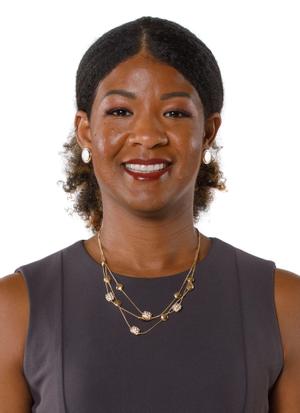
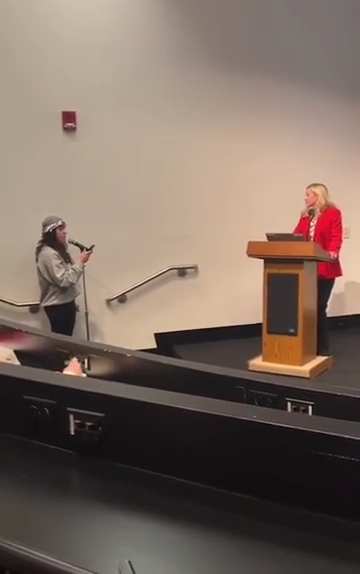
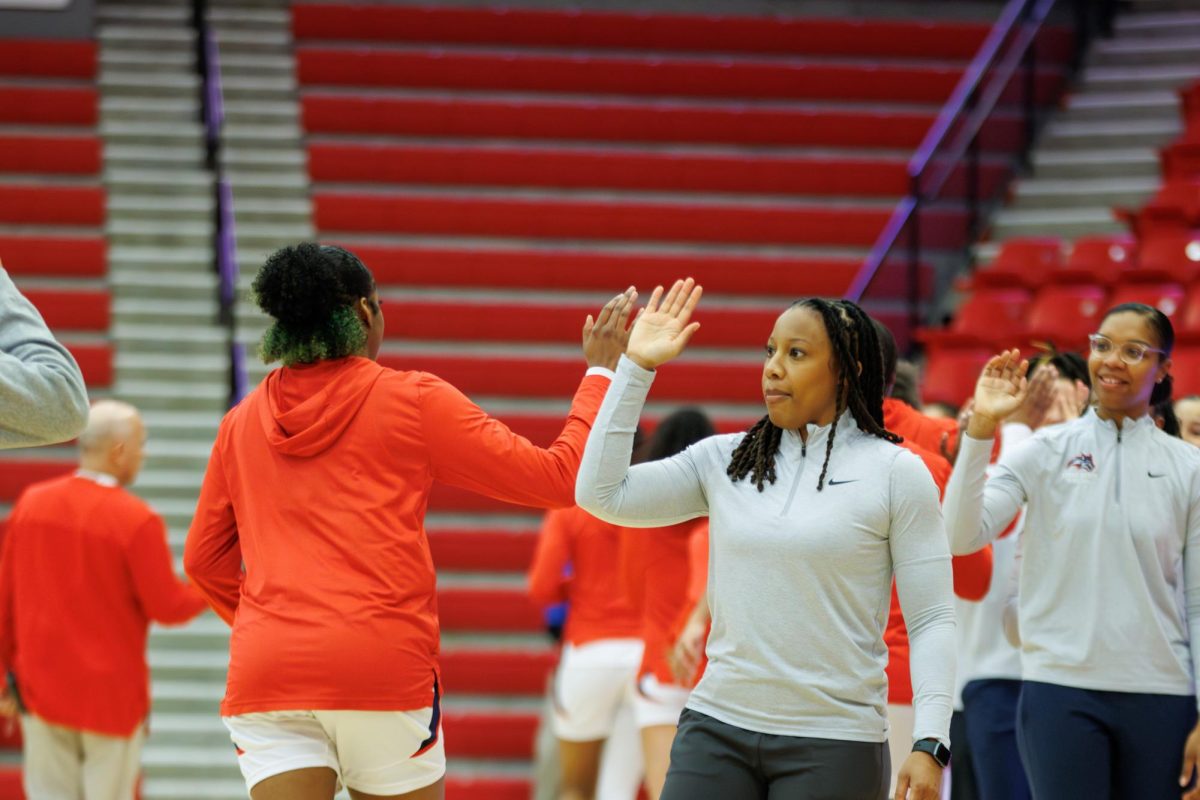
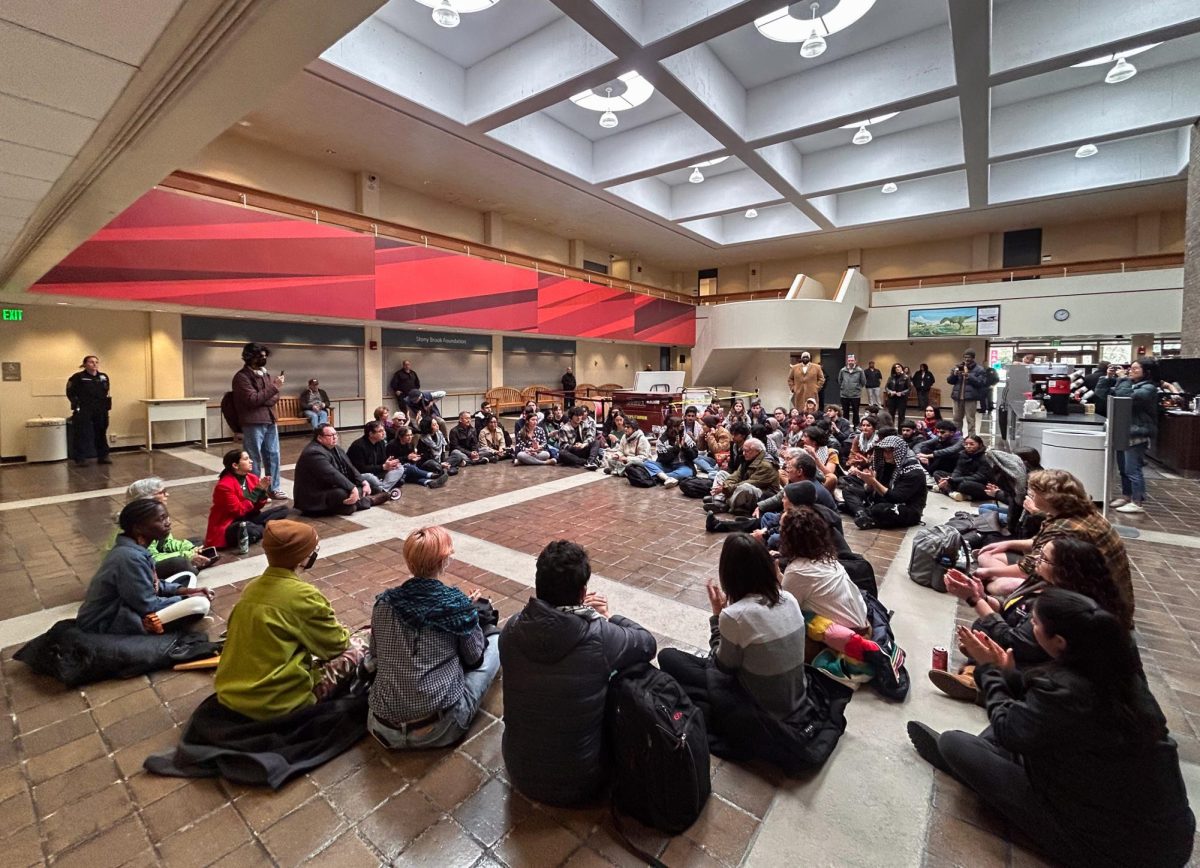
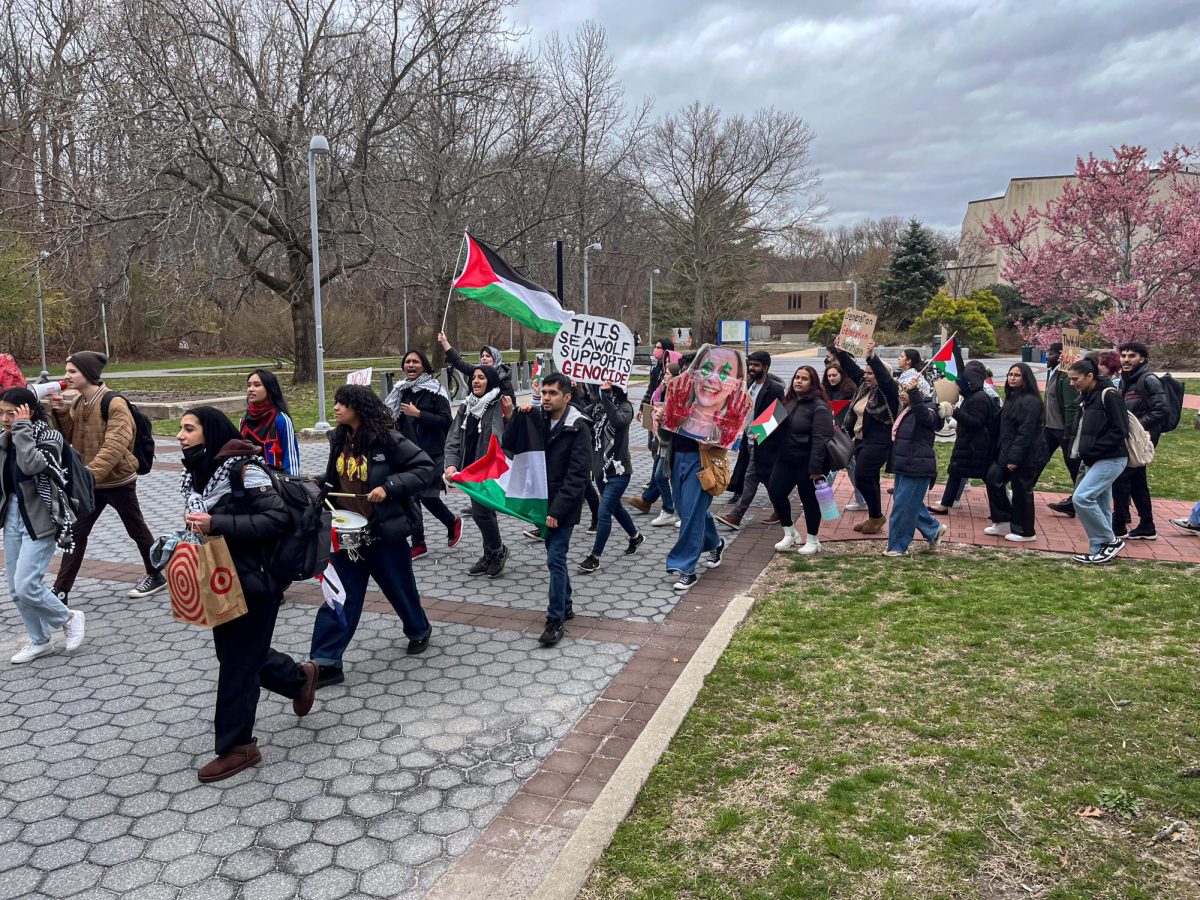


Antonio Xu Liu • Apr 3, 2016 at 8:58 pm
All tutoring services offered on campus are free and open to all students. Off the top of my head, one-on-one weekly tutoring sessions are offered by ASTC, and the College of Engineering and Applied Sciences. Next, the Undergraduate Colleges offer general walk-in tutoring sessions at least twice a week for a couple of hours in the evenings, the Writing Center offers one-on-one appointments for writing review and guidance, and there are other walk-in tutoring services such:
-Math Learning Center
-Chemistry Learning Center
-Biology Learning Center
-CHE 133 Help Room
-Physics Help Room
-Spanish Writing Center
Thus, what type of help is being referred to that is not being offered to students for free?
It is harmful to the credibility of The Statesman and to the Stony Brook community to publish and circulate articles whose comments and facts are not verified or at least elaborated upon.
Hillary511 • Apr 4, 2016 at 12:42 am
Unfortunately, this isn’t the first time an article hasn’t been well researched. The credibility of the statesmen is unpredictable at best.